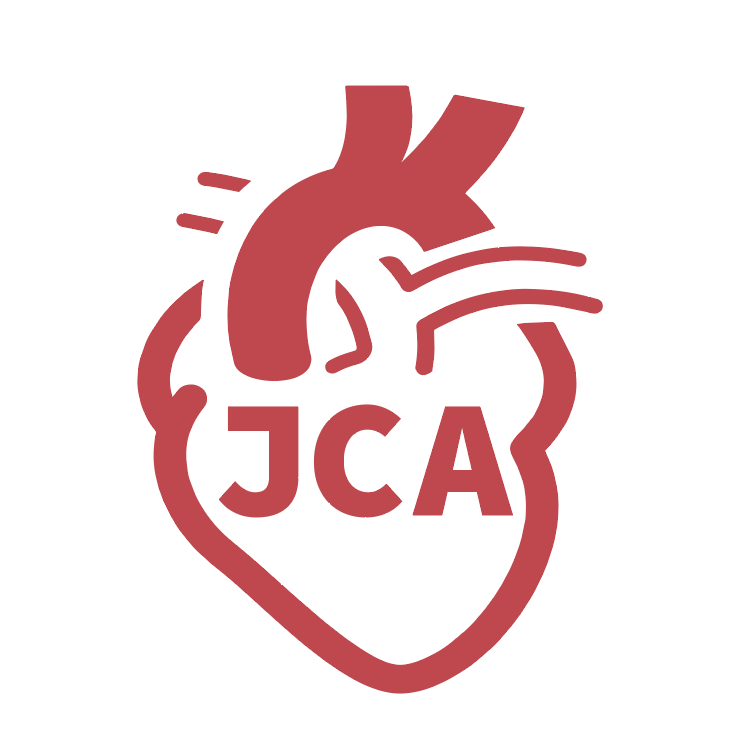fig1

Figure 1. Altered calcium handling in aging and AF. In the aged heart, increased PKA and CaMKII signaling contributes to enhanced spontaneous SR Ca2+ release through hyperphosphorylation of RyR2. These alterations also contribute to myofilament dysregulation, thereby causing electrical and structural remodeling, cumulating in early and/or delayed afterdolarizations (EAD/DAD) during the action potential. SPEG phosphorylation of RyR2 inhibits diastolic Ca2+ leak, though its role in aging-related AF remains unclear (indicated by a question mark). JPH2 anchors RyR2 and LTCC. The level of JPH2 is decreased in the aged heart, while over-expression of JPH2 shows promise in stabilizing RyR2 and preventing SR Ca2+ leak, potentially reducing AF risk. The LTCC is reduced, leading to decreased peak Ca2+ concentration and a prolonged action potential duration (APD) in aged cardiomyocytes. Other calcium handling proteins include SERCA2a and PLN, whose expression levels and phosphorylation states remain debated in aged hearts (indicated by the question marks). Additionally, Mitochondrial dysfunction leads to impaired calcium buffering, resulting in cytosolic Ca2+ overload. JPH2: Junctophilin 2; LTCC: L-type calcium channel; PLN: phospholamban; RyR2: ryanodine receptor type 2; ROS: reactive oxygen species; SERCA2a: sarcoendoplasmic reticulum Calcium ATPase 2a; SR: sarcoplasmic reticulum. The figure was generated with BioRender.com.








